How have I come up with blog topics every two weeks for more than ten years? They originate from very diverse origins, but my favorite source is you. Many of our readers communicate with us and either provide specific topics or in the course of discussions, give me the idea for a future topic. Our topic today was inspired by Pat Vinycomb. Pat let us know her father, Stan Booker (click here to read the blog, Last Train Out of Paris), recently donated his World War II RAF uniform to the “Friends of the New Forest Airfields” (more on that later).
We’ve previously written about RAF (Royal Air Force) stations used by Allied fighters and bombers (click here to read, Rendezvous with the Gestapo and here to read Biggin Hill). But it wasn’t until Pat introduced me to the new non -profit organization that I began to research the twelve New Forest airfields and learn about the English air bases and how they were used during World War II (both in England and Europe).
Join Stew Ross for a Discussion on
BONJOUR PARIS
“Walking History: In the Footsteps of Marie Antoinette”
6 December 2023
11:30 − 12:30 (EST)
Register Now:
Click here.
Did You Know?
Did you know Robert Fripp (a founding member of the King Crimson progressive rock band) is the nephew of Alfred “Alfie” Fripp, the longest surviving British POW of World War II? Alfred Fripp (1914−2013) joined the Royal Air Force (RAF) in 1930 after the navy rejected him due to his height. After various assignments, Alfie became a flight sergeant in No 57 Squadron RAF and was a reconnaissance observer over Germany on a Bristol Blenheim aircraft. His aircraft was shot down on 13 October 1939 (England had declared war on Germany six weeks earlier on 3 September 1939). Alfie and his pilot, Mike Casey, were quickly captured and Alfie was sent to the first of his twelve POW camps over the next four and a half years before his liberation in 1945.
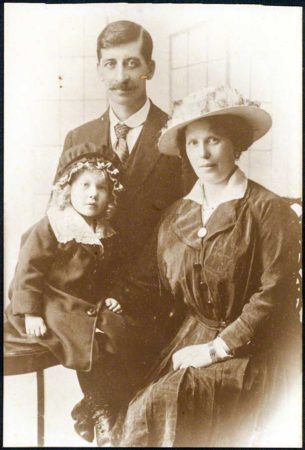
During his imprisonment at Stalag Luft III, Alfie became involved in the “Great Escape” in March 1944. He collected maps from Red Cross parcels as well as scrounging up digging tools. He was transferred to another POW camp about two months before the big escape. Only three POWs successfully escaped while fifty men, including Mike Casey, were captured, and murdered by the Gestapo.
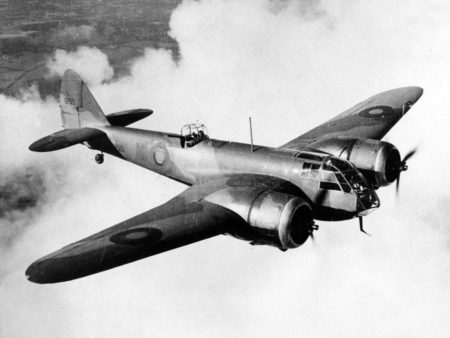
Alfie retired from the RAF in 1969 as a Squadron Leader. When he passed away at the age of 98, Alfie was the last of the “39ers,” or those men taken prisoner in 1939. After his uncle died, Robert Fripp performed a musical tribute to Alfie on the BBC.
New Forest
The New Forest is one of the largest remaining tracts of forest, pasture, and heathland (i.e., peat used for fuel) in southern England. Today, about ninety percent of the land belongs to the monarchy. It has been inhabited since the Bronze Age, but the soil quality is poor (very acidic) and not very suitable for agricultural purposes. The area was proclaimed a “Royal Forest” by William the Conqueror, and it was the only forest described in detail in the Domesday Book.

During the second world war, the New Forest was the site of the Ashley Walk Bombing Range used for training while the Beaulieu, Hampshire estate of Lord Montagu was used as a training facility for agents of the British-led Special Operations Executive (SOE). However, the area’s best-known contribution to the war effort was the establishment of twelve RAF stations where Allied fighter aircraft and bombers were assigned.
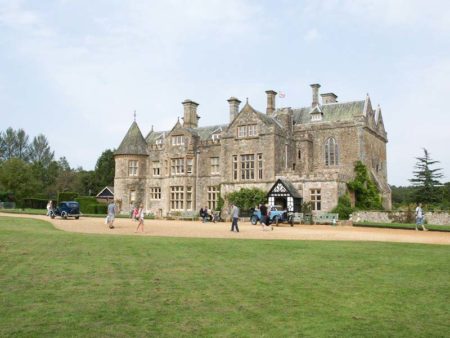
Much of the area today has been designated a national park and covers about 219 square miles (566 square kilometers). It consists of several “Nature Conservation Sites” as well as its designation as a “Special Area of Conservation.” Politically, the area is divided into two parliamentary bodies: New Forest East and New Forest West with each represented by an elected member of parliament. Famous New Forest residents include Sir Arthur Conan Doyle (author of “Sherlock Holmes”), Arthur Sumner Gibson (rugby star), Sybil Leek (witch), and Florence Nightingale (nurse).

Military Airbases
In May 1910, two men arrived in East Boldre and began the New Forest Flying School. Despite the infancy (and apprehension) of flying, the airfield attracted quite a few aspiring pilots. After World War I ended, the airfield was used for military flying training but eventually closed. Some of the twelve RAF stations were established during the interwar period (e.g., Christchurch). While most of the stations did not exist during the Battle of Britain (10 July to 31 October 1940), once established, planes such as the Hurricane and Spitfire were based at the stations and flown by British, Polish, Czech, and Australian pilots throughout much of the war. Once America entered the war in December 1941, the United States Army Air Force (USAAF) assigned groups of its fighters (e.g., P-48) and heavy bombers (e.g., B-17, B-24, and B-26) to share the airfields with the British RAF.
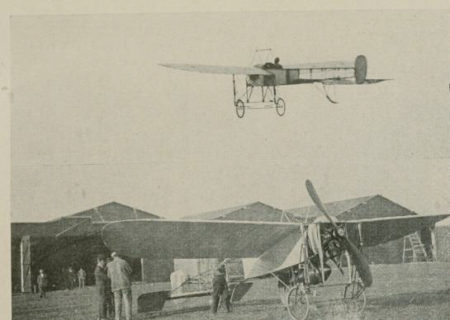
www.newforestexplorersguide.co.uk/heritage/history-in-the-landscape/east-boldre-airfield.html
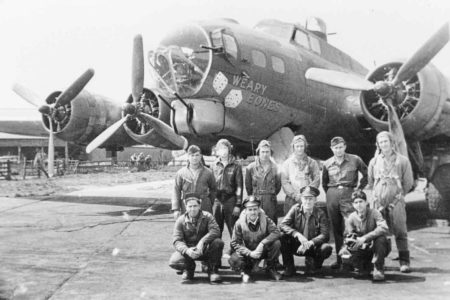
The airbases were located close to the coast to ensure maximum aircraft range. The value of the RAF stations reached their pinnacle in the months leading up to and on 6 June 1944 (D-Day). Transport aircraft, fighters, and bombers were deployed from the airfields to support the invasion and subsequent break-out from Normandy. As the Allied armies began to advance across Europe, strategically located RAF stations were supplemented by Advance Landing Grounds (ALGs) built on European soil to support the troops as they advanced across Europe toward Germany.
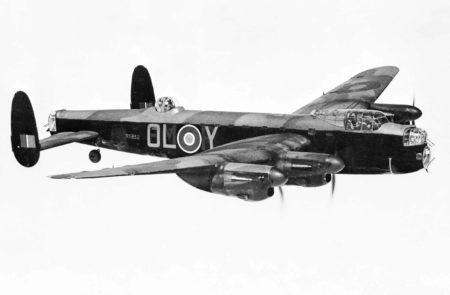
After the war, most of the stations were discontinued and returned to other uses including being used as a flying area for model aircraft, commercial and housing developments, public parks, agricultural fields, or returned to the forest. The former RAF Hurn station is now the Bournemouth Airport.
Advanced Landing Groups
There were two primary types of airfields built in the U.K. and subsequently, on European soil. The permanent airfields were designed to accommodate British and American medium and heavy bombers such as the Avro Lancaster, Vickers Wellington, B-17, and the B-24 Liberator. Class A airfields became the standard for the permanent airbases used by the RAF, and the US Eighth and Nineth Air Force. Three concrete runways (150 feet wide) were constructed at 60 degrees to one another to form a triangular pattern and were connected by 50-foot-wide taxiways. The primary runway was no less than 2,000 feet long with the secondary runways a minimum of 1,400 feet. Major RAF stations allotted to the Americans had to have their runways expanded to meet Class A standards.
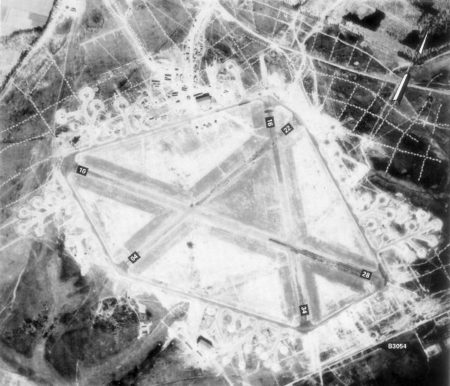
The second type of airfield was the Advanced Landing Grounds. These were temporary airfields built and used for the liberation of Europe. The first ALGs were constructed in the U.K. prior to the June 1944 invasion. After the invasion, ALGs were built in Europe as tactical airfields to be used to support the advancing ground armies. The airfields were quickly assembled and then disassembled (or abandoned) and relocated to keep up with the moving Allied forces.
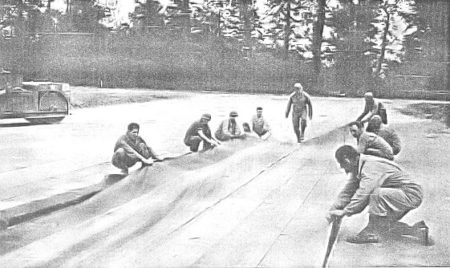
The first ALGs were built to accommodate planes used in the D-Day invasion and immediate aftermath. Transport and fighter planes were based at ALGs in England. Immediately after the invasion, RAF engineers were flown to the continent to begin building forward operating airfields and many of the New Forest ALGs were discontinued. Most of these new ALGs were constructed in France. Unlike permanent RAF stations, the ALGs were not identified by their location. Each ALGs was given an assigned code number preceded by either an A, Y, or R. ALGs designated “A” were constructed in France for the break-out of Normandy and subsequent liberation of the occupied countries. “Y” ALGs were located in southern France and built by the Americans for Operation Dragoon. “R” ALGs were constructed in occupied Germany. (Captured Luftwaffe airbases were also used.) By mid-September 1944, the Americans had more than eighty ALGs in operation while the British had built 76 airfields. Another twenty were operating in the south of France.
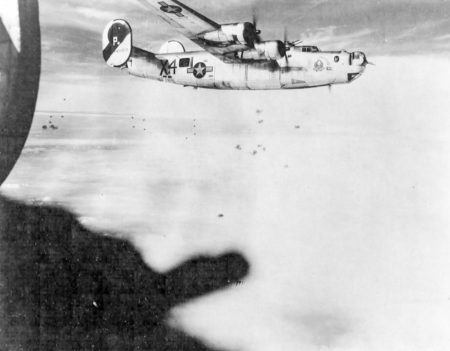
Construction of ALGs runways consisted usually of a single landing strip laid down east-west. Surface materials used to support the weight of an aircraft were stiffened steel wire mesh (“Sommerfeld” tracking), square mesh (SMT) laid down like carpet, prefabricated hessian burlap (PBS) that eliminated the dust problem, and pierced steel planks that could accommodate medium and light bombers. The five primary types of airfields constructed by the engineers were Emergency Landing Strips (ELS), Supply and Evacuation (S&E), Refueling and Rearming (R&R), ALGs, and Tactical Air Depots (TAD).
Click here to watch the video “Making Airfield After D-Day Landings”.
The Twelve New Forest Airfields
At the start of World War II, only two active airfields existed in New Forest (the sea plane base at Calshot and a civilian airport at Christchurch). After the Battle of Britain, four permanent concrete runway airfields were constructed.
- RAF Stoney Cross (1942−1948)
- RAF Ibsley (1941−1947)
- RAF Holmsley South (1942−1946)
- RAF Beaulieu (1915−1919; 1942−1959)
As part of the preparation for the invasion, four ALGs were built in New Forest.
- RAF Winkton (1943−1944; east of this is RAF Sopley, a former radar station and home to the FONFA Heritage Center)
- RAF Lymington (1942−1944)
- RAF Needs Oar Point (1943−1944)
- RAF Bisterne (1943−1945)
Four additional airfields were built/located around the periphery of New Forest.
- RAF Christchurch (1940−1945; wartime; in peacetime, 1926−1966)
- RAF Hurn (1941−1944; today, it is the Bournemouth airport)
- RAF Calshot (1913−1961)
- RAF Sway Emergency Landing Ground (short-lived; associated with RAF Christchurch)

Map of the New Forest region reflecting the locations of the former RAF stations identified as “The New Forest Airfields.” Map by Google Maps (c. 2023). 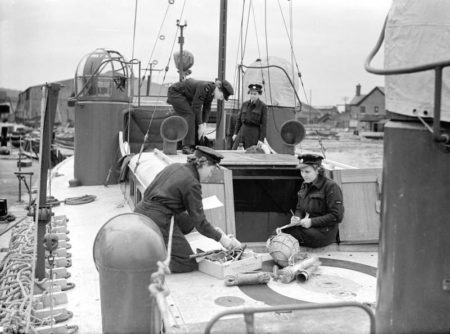
Airwomen checking the equipment on a newly completed 67-foot Thorneycroft high speed launch at RAF Calshot during the second world war. Photo by anonymous (date unknown). ©️ IWM (CH 7866). Airfields of Britain Conservation Trust.
https://www.abct.org.uk/airfields/airfield-finder/calshot/
RAF Beaulieu
RAF Beaulieu (East Boldre) was the site of the training airfield used during the first world war and it was closed in 1919. The “new” RAF Beaulieu opened in August 1942. Initially, the base was used by the RAF but by March 1944, the USAAF Ninth Air Force was flying missions from Beaulieu. As previously mentioned, the SOE “finishing school” was located nearby and as such, the airfield was used to transport SOE agents and resistance fighters into occupied Europe.
Rather than referring to the base by a geographical name (for security reasons), Beaulieu was known by the USAAF as Station AAF 408. During the critical period leading up to D-Day, the Ninth Air Force 365th Fighter Group with its four squadrons of Republic P-47 Thunderbolt fighters were stationed at Beaulieu. The 323rd Bomb Group was moved to the base in July with its four squadrons of B-26 Marauder medium bombers. Various RAF fighter squadrons (e.g., RAF Typhoons), training units, and regiments operated out of RAF Beaulieu station until March 1944 and in September 1944, the USAAF returned the airfield to the RAF.
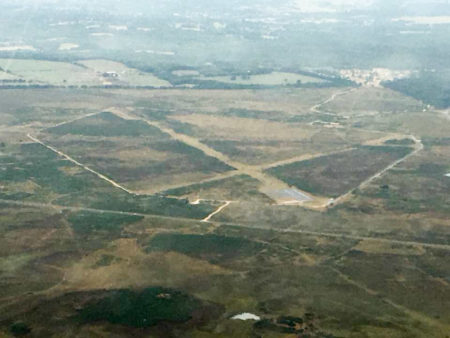
After the war, the airbase was used for experimental work. It was finally closed in 1959. Today, the remains of RAF Beaulieu are on heathland managed by the Forestry Commission and very few of the original structures remain. A portion of the runway is used by a local model aircraft flying club.
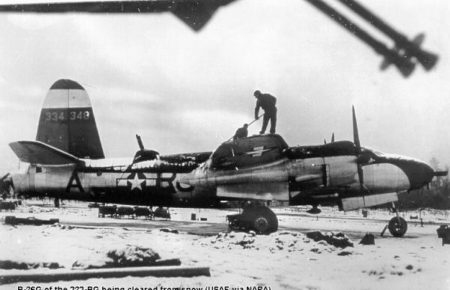
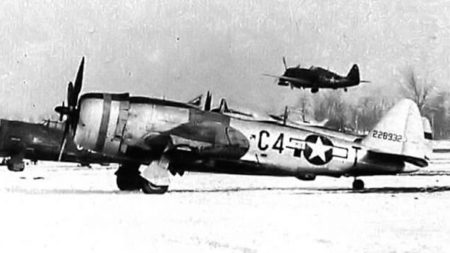
Click here to watch the video “RAF Beaulieu Walk #1: History of the WW2 New Forest Airfield”
RAF Stoney Cross
Used by both the RAF and the USAAF, Stoney Cross was a permanent airfield for medium bombers and fighters. For the Americans, P-38 squadrons (367th Fighter Group) and Martin B-26 Marauders (387th Bomb Group) were stationed at AAF-452 (i.e., RAF Stoney Cross). By September 1944, many of the bomb and fighter groups were moved to France and flew their missions from former Luftwaffe airfields captured by the advancing Allied troops.
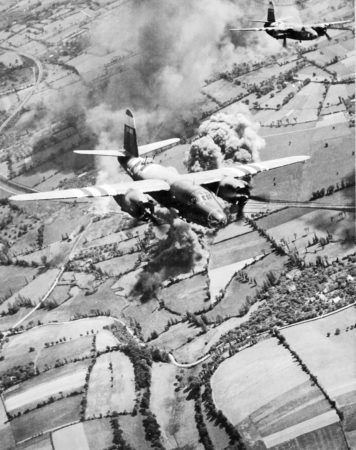
https://www.americanairmuseum.com/archive/media/media-34229jpeg

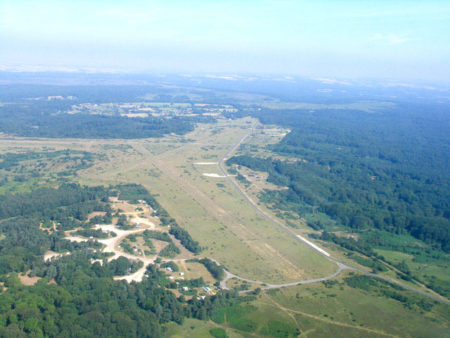
RAF Ibsley
RAF Ibsley was the first of the New Forest airfields. The runways were constructed primarily from the rubble of nearby buildings destroyed during the Blitz. The airfield was used primarily by the RAF and its squadrons of Hawker Hurricanes and Supermarine Spitfires. While American fighter groups were stationed here, regular army units such as the quartermaster, military police, and ordnance were also located at RAF Ibsley.
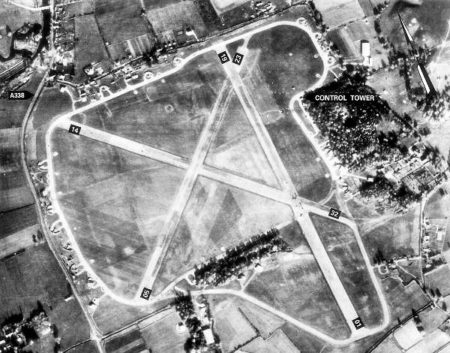
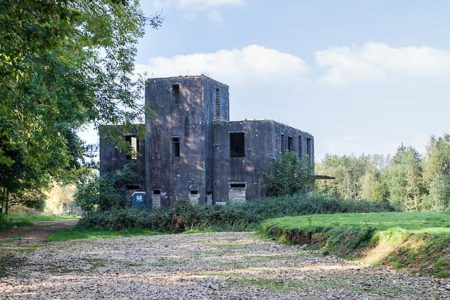
RAF Holmsley South
RAF Holmsley South was primarily used for bombers and later, transport aircraft. RAF fighter squadrons along with Polish squadrons used Holmsley South as their base. The airbase was originally built to support Operation Torch in North Africa. The USAAF 394th Bomb Group moved to Holmsley South immediately after D-Day and was used primarily to fly bombing missions over Germany. RAF Typhoon squadrons flying from Holmsley South provided direct cover for ground troops on 6 June 1944 as well as later destroying German V-1 flying bombs while in flight and aimed at England.
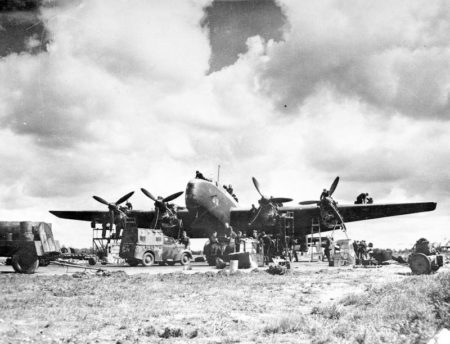
https://www.abct.org.uk/airfields/airfield-finder/holmsley-south/
Click here to watch the video “New Forest Walk: RAF Helmsley South (New Forest National Park)”.
RAF Winkton
RAF Winkton was an ALGs constructed in late 1943 using Sommerfeld Mesh runways. This was the prototype of ALGs built in France after D-Day. The field was used by RAF and USAAF aircraft to support the invasion. It was closed in July 1944 with the mesh runways dismantled and moved to France. The land was returned to agricultural purposes, and it is difficult today to identify the original airfield.
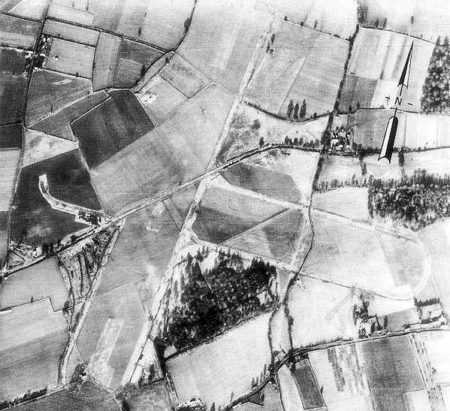
RAF Christchurch
RAF Christchurch station was originally a civil airfield and then converted/enlarged to accommodate wartime aircraft operations. AAF-416 (i.e., RAF Christchurch) was built to provide tactical air support for the June 1944 invasion. Three weeks after the invasion, the USAAF 405th Fighter Group moved to France and assigned to one of the ALGs. The Americans never used RAF Christchurch again. After the war, the airfield returned to civilian flying followed by military aircraft manufacturing enterprises. Shuttered in 1966, the site was developed for housing.
RAF Hurn
RAF Hurn was built in 1941 and primarily used to support Allied efforts in North Africa and Italy. The airbase was home to fighters and transport aircraft. Numerous RAF fighter squadrons called this station home. Immediately after the invasion, the USAAF 422nd Night Fighter Squadron and their P-61 Black Widow planes moved to RAF Hurn where the RAF trained the pilots in night fighting tactics.
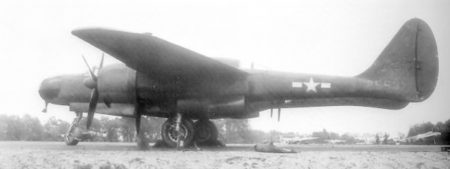
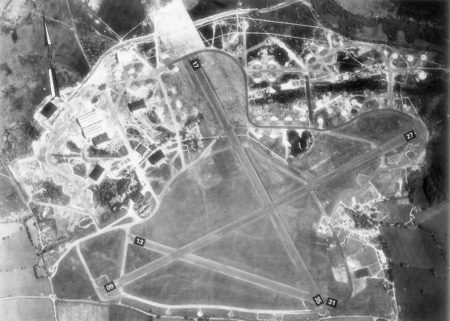
Friends of the New Forest Airfields
Click here to visit the web-site.
Friends of the New Forest Airfields (FONFA) is a registered charity whose mission is to preserve the aviation heritage and honor the service of the brave men and women who operated from the twelve airfields during the war.
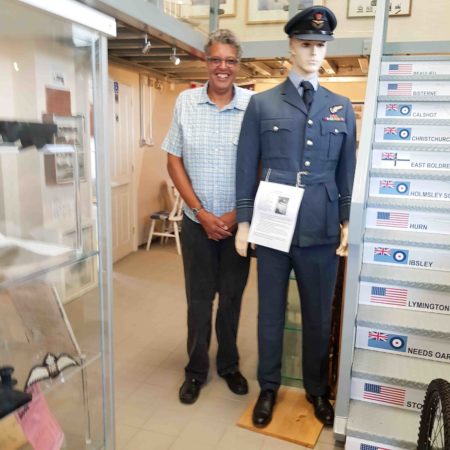
The FONFA Heritage Center is located at Mosquito Way, Bransgore, Christchurch, BH23 8HE, United Kingdom. Run by a small group of volunteers led by Sam Ruddy (archivist) and Steve Williams (trustee), the Heritage Center is a museum, library, and archives. If you are in the New Forest area, I hope you have the time to visit the museum. I know we will.
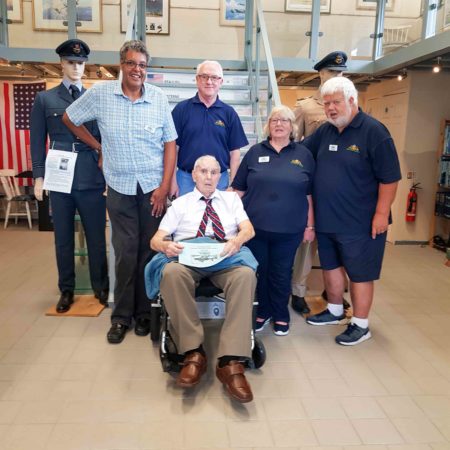
Like most of our blogs, this subject can’t fully be covered in one article. My goal with this short introduction to the New Forest Airfields is to stoke your interest in pursuing other reading material that will give you a deeper appreciation for the role these airfields played in World War II and in particular, the Normandy invasion. I have listed some of the information I used to prepare this blog. I’m grateful to the men and women who have devoted a substantial amount of their time and efforts to keeping alive the history of these RAF stations.
Next Blog: “Logistics Genius”
Correspondence and Commentary Policy
We welcome everyone to contact us either directly or through the individual blogs. Sandy and I review every piece of correspondence before it is approved to be published on the blog site. Our policy is to accept and publish comments that do not project hate, political, religious stances, or an attempt to solicit business (yeah, believe it or not, we do get that kind of stuff). Like many bloggers, we receive quite a bit of what is considered “Spam.” Those e-mails are immediately rejected without discussion.
Our blogs are written to inform our readers about history. We want to ensure discussions are kept within the boundary of historical facts and context without personal bias or prejudice.
We average about one e-mail every two days from our readers. We appreciate all communication because in many cases, it has led to friendships around the world.
★ Read and Learn More About Today’s Topic ★
Brown, Alan. Flying for Freedom: The Allied Air Forces in the RAF 1939−1945. Stroud, UK: The History Press Ltd., 2011.
Brown, Alan. Twelve Airfields. Milton Keynes, UK: Eon Graphics, 1995 (1st edition).
Friends of the New Forest Airfields. Click here to visit the web-site.
Heighway, Marc. RAF Beaulieu. Click here to visit the web-site.
New Forest National Park. Click here to visit the web-site.
Real New Forest Guide. Click here to visit the web-site.
The New Forest & Hampshire Wartime Association. Click here to visit the web-site.
Mr. Brown’s books can be purchased through either FONFA or East Boldre Village. If interested, please contact fonfainfo@gmail.com.
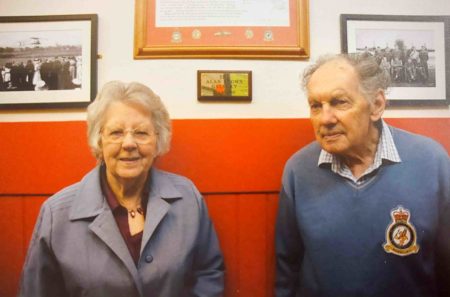
Disclaimer:
There may be a chance that after we publish this particular blog, the video links associated with the blog are no longer accessible. We have no control over this. Many times, whoever posts the video has done so without the consent of the video’s owner. In some cases, it is likely that the content is deemed unsuitable by YouTube. We apologize if you have tried to access the link and you don’t get the expected results. Same goes for internet links.
What’s New With Sandy and Stew?
Sandy and I recently returned from our trip to Rome and subsequent cruise. In our last blog (click here to read The Tartan Pimpernal), I talked about some of our experiences. Today, I’ll introduce some recommendations based on our four-day stay in Rome.
We stayed at the Hotel Barocco, a medium-sized boutique hotel (www.hotelbarocco.com). Its location, just off the Piazza Barberini, is perfect with the underground station just steps away, major attractions within minutes’ walk, and lots of wonderful restaurants nearby. However, what impressed us the most was the quality of service which I would match up to the Ritz or Four Seasons all day long. The hotel has everything you need to make your visit very memorable including a craftsman bartender. We had several issues to deal with (including the airline losing some of our luggage) but Fabio and Lisa solved all of our problems. While the hotel is rated four-stars, for us, it was a five-star experience.
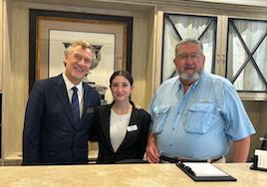
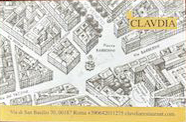
One of the three primary things I consider in choosing a hotel is the walking proximity to restaurants. The Hotel Barocco did not disappoint us in this aspect. The best restaurant we ate at in Rome was the Clavdia (www.clavdiarestaurant.com). It is less than a five-minute walk from the Hotel Barocco. We enjoyed not only the food and service but our many discussions with the owner/chef. Even if you don’t stay at Hotel Barocco, a visit to Clavdia is worth the effort. Another fine restaurant that Marisa recommended is Colline Emiliane (www.collineemiliane.com) and again, a short walk from the hotel. (Be sure to make a reservation.)
For our long-time readers, you know that Sandy and I always try and find a private tour guide when we are in a major city or a city that we have targeted for a specific purpose in visiting. I use many sources to identify proper guides for our trip and let me tell you, despite my best vetting efforts, I’ve picked a couple of real losers over the years. I’m pleased to report that this didn’t happen for our visit to Rome and in fact, quite the opposite.

Marisa Ficorella spent three days with us exploring Rome and the Vatican. Marisa is a fully credentialed guide and an official Vatican sanctioned guide. These qualifications are extremely important, especially to avoid standing in entrance lines, sometimes for several hours. (It’s really the same reason why I always recommend hiring a guide to take you to the Versailles Palace in France.) Marisa’s educational and professional background is in archeology, and she has participated in archeological projects in the Roman Forum. Before we entered the Sistine Chapel, Marisa sat us down to explain the artwork we were about to see. Once inside the chapel, we had a much greater appreciation for what Michelangelo had painted.
You can reach Marisa at the following:
Marisa Ficorella
+39 333 5942428
If you decide to use any of our recommendations, please let them know how you found out about them. Positive word-of-mouth is always gratifying to the hotelier, guide, or restaurant owner.
As a reminder, we do not advertise in our blogs, nor do we take compensation from any person or organization we recommend to our readers. Our only motivation is to add value to your traveling experience.
Thank you to all of you who subscribe to our bi-weekly blogs. It seems there isn’t a day that goes by where we don’t increase our readership. Please let your history buff friends and family members know about our blog site and blogs.
Someone Is Commenting On Our Blogs
Thanks to Dave C. for contacting us regarding our blog, British Mandate (click here to read the blog). Dave wanted to know what happened to Herbert Bahr. He was curious whether Bahr served out his full sentence of 30-years. Unfortunately, I could not find any information on Bahr past his trial and sentencing. My educated guess is that he did not spend thirty years in prison and was likely released after the war. (Frankly, Bahr was lucky he wasn’t sentenced to death as a spy.) Anyway, I’ve asked Dave to let me know if and when he uncovers any information.
If there is a topic you’d like to see a blog written about, please don’t hesitate to contact me. I love hearing from you so keep those comments coming.
Shepherd.com is like wandering the aisles of your favorite bookstore.
Do you enjoy reading? Do you have a hard time finding the right book in the genre you enjoy? Well, Ben at Shepherd.com has come up with an amazing way to find that book.
Shepherd highlights an author (like me) and one of their books. The author is required to review five books in the same genre. So, if a reader is interested say in cooking, they can drill down and find specific books about cooking that have been reviewed by authors in that category. Very simple.
If you like to read, I highly recommend you visit Shepherd.com. If you do, please let me know what you think and I will forward Ben any suggestions or comments you might have.
Click here to visit Shepherd’s website.
Click the books to visit Stew’s bookshelf.
Check out Stew’s new bookshelf on the French Revolution.
Share This:
Follow Stew:
Find Stew’s books on Amazon and Apple Books.
Find Stew’s books on Amazon and Apple Books.
Please contact Stew directly for purchase of books, Kindle available on Amazon. Stew.ross@Yooperpublications.com or Contact Stew on the Home Page.
Please note that we do not and will not take compensation from individuals or companies mentioned or promoted in the blogs.
 Walks Through History
Walks Through History
Copyright © 2023 Stew Ross









Hi Stew
Thank you for writing such an interesting Blog on the Ww2 New Forest Airfields and mentioning the work of the volunteers whose enthusiasm keeps the history of the courageous airmen who flew from these local airfields alive.
2024 will be a special year for sharing DDay memories.
Hi Pat, Thanks for your comments on the blog. Without you, I would never have come across this subject. STEW
Hi Stew
Great to see your piece on the New Forest airfields, there is so much out there.
I have launched a new website http://nfww2airfields.info which is where my guides to visiting the New Forest airfields can be downloaded. There are also many articles, useful downloads and links to some of the other great material available on these airfields.
For those interested in coming to visit the New Forest, possibly linked to the 80th anniversary of D-Day, I have also included a simple guide to the area with information about getting here, how to travel around here, where to stay and much more.
As I mentioned before, just let me know if you would like any more information when you are planning to visit.
My best email for this is nfww2airfields@gmail.com or the contact form on my website.
All the very best
Steve
Hi Steve; Thanks so much for bringing all of this to the attention of our readers. I hope some will be able to visit the museum and former airfields, especially as part of the 80th anniversary celebrations of D-Day. I know that one of these days, Sandy and I will get back to England and we will make it a point to come to the museum. STEW